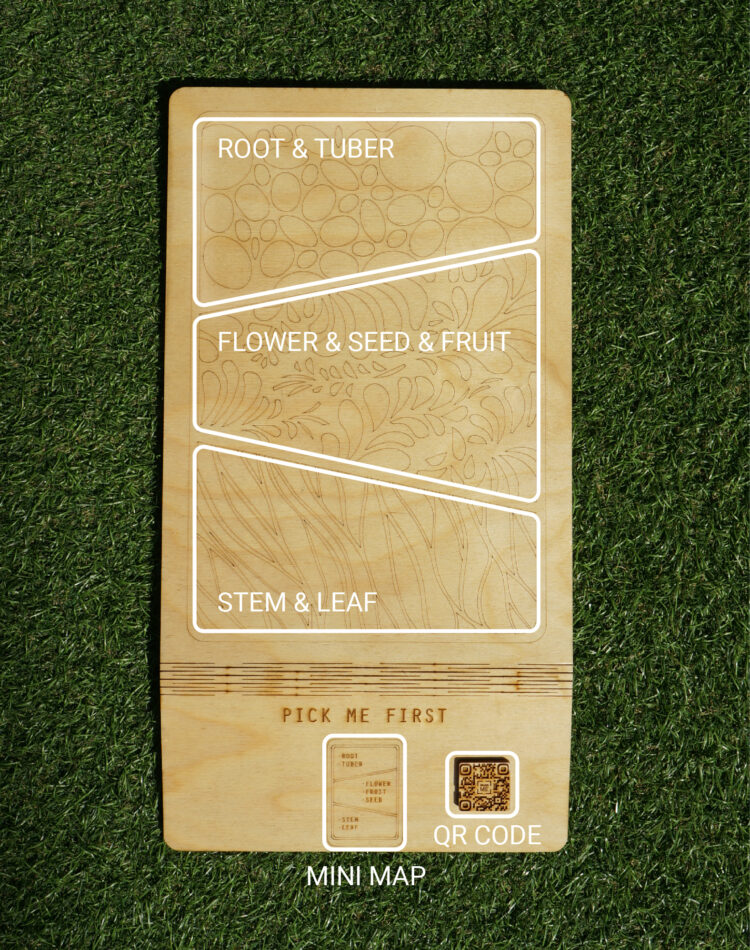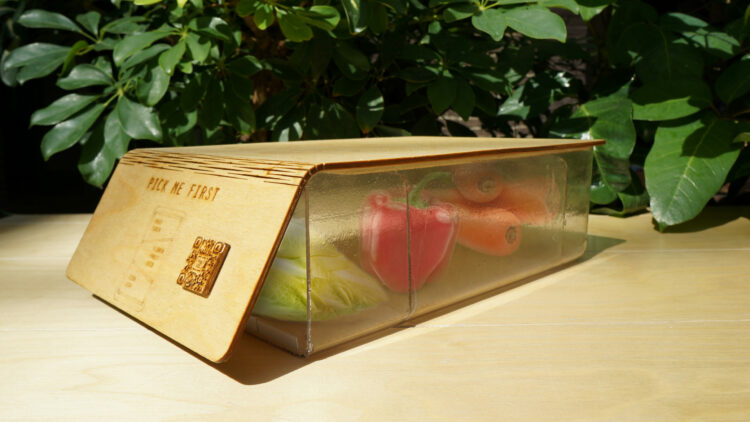Reducing food waste by refrigerator management
Project by Eunyoung Go
Supervised by Henk Kuipers and Rick Schifferstein
Countries in the EU discard an enormous amount of waste from foods. Approximately 88 million tons of food is wasted in the EU every year and the amount of food waste is expected to increase further to about 126 million tons in 2020 unless preventive actions or measures are taken (European Court of Auditors, 2016). Two to three times more food waste is generated during consumption – either at home or in restaurants – than during food production, processing and distribution, especially in developed countries (European Court of Auditors, 2016; Lipinski et al., 2013). Food waste at the household level constitutes more than 50% of the total amount of waste in Europe (Kummu et al., 2012) and is estimated at 60% in the US (Griffin, Sobal, & Lyson, 2009). Much of the food wasted is still edible (WRAP, 2011).
Eunyoung Go looked for ways to decrease the amount of food waste in households (Go, 2017). Her user research among Dutch households revealed that vegetables tend to be the most wasted food (see also WRAP, 2008). Dutch households buy various vegetables every week. When vegetables are used only partially for a meal, the unused portion tends to be stored in the crisper drawer at the bottom of the refrigerator, and can easily be forgotten and go to waste. Because the price of vegetables is relatively low, they tend to be easily discarded. Hence, to reduce vegetable waste the designer wanted to provide consumers with an inspiring and supportive tool for preparing vegetables.

Her concept the “Veggie-Table” inspires users to cook a meal using vegetables, and reminds them of the leftover vegetables in the refrigerator. It consists of a vegetable container with an airtight wooden lid, which keeps vegetables fresh and prevents contamination from other types of food such as meat or fish. The lid contains three figurative patterns, which encourages users to divide vegetables into three categories: (1) Stem and leaf; (2) Flower, fruit and seed; (3) Root & tuber. Stem and leaf vegetables are the most perishable category, so they consist of the vegetables that need to be used up first. The Flower, fruit & seed vegetables are next in perishability, whereas the Root & tuber vegetables are generally quite stable. Hence, organizing vegetable leftovers on the lid creates an overview of all vegetable left overs available and prioritizes the ones that are most perishable. Many recipes contain combinations of more than two vegetables. Hence, this tool encourages users to be creative cooks, as they can come up with their own recipes by seeing the overview of vegetables. In this way, they can reduce the amount of fresh vegetables wasted and at the same time create a tasty and nutritious meal.

References
European Court of Auditors (2016). Combating Food Waste: an opportunity for the EU to improve the resource-efficiency of the food supply chain. Luxembourg: European Union.
Go, E. (2017). Veggie-table: Designing an inspiring tool to encourage the consumption of leftover vegetables at home. (Master thesis), Delft University of Technology, Delft, the Netherlands.
Griffin, M., Sobal, J., & Lyson, T. A. (2009). An analysis of a community food waste stream. Agriculture and Human Values, 26(1), 67-81.
Kummu, M., de Moel, H., Porkka, M., Siebert, S., Varis, O., & Ward, P. J. (2012). Lost food, wasted resources: Global food supply chain losses and their impacts on freshwater, cropland, and fertiliser use. Science of The Total Environment, 438, 477-489.
Lipinski, B., Hanson, C., Lomax, J., Kitinoja, L., Waite, R., & Searchinger, T. (2013). Reducing Food Loss and Waste. Washington DC: World Resources Institute.
WRAP. (2008). The food we waste. Oxon: Waste & Resources Action Programme.
WRAP. (2011). Consumer insight: date labels and storage guidance: Determining consumer understanding and use of date labels and storage guidance in order to reduce household food waste. Oxon: Waste & Resources Action Programme.
Want to read more about this project?
Download Eunyoung’s report